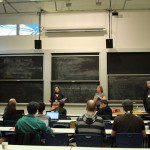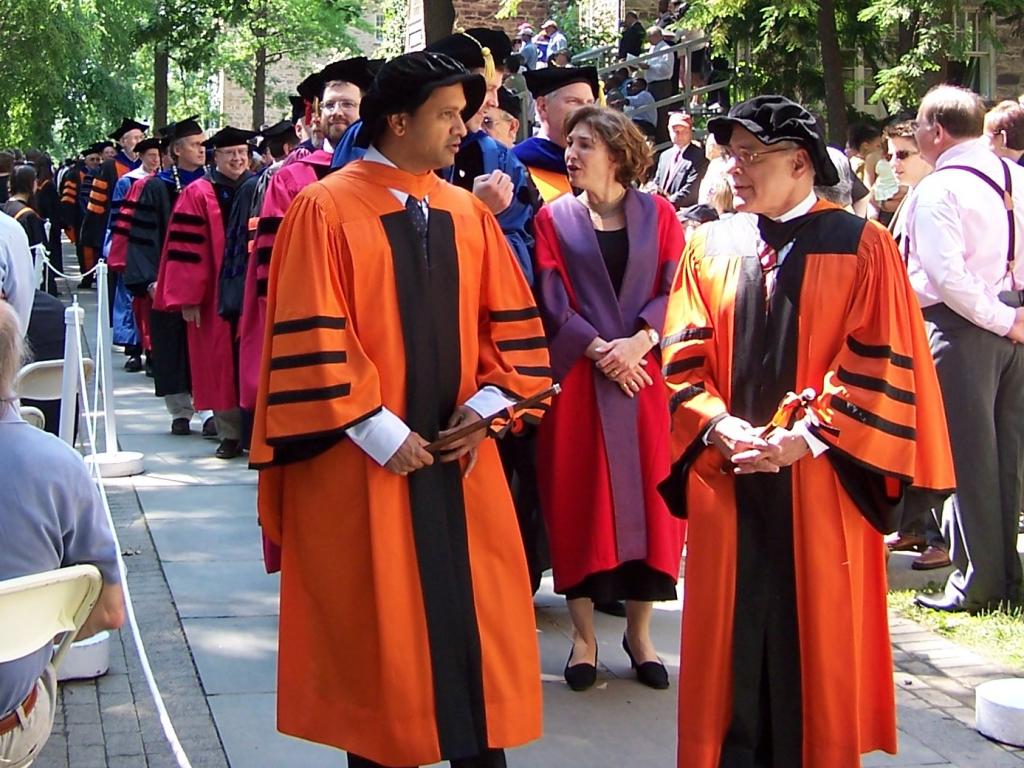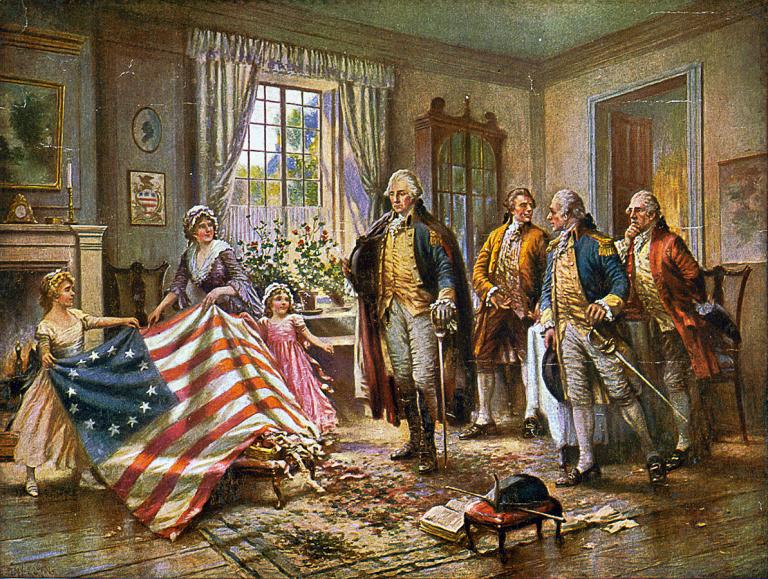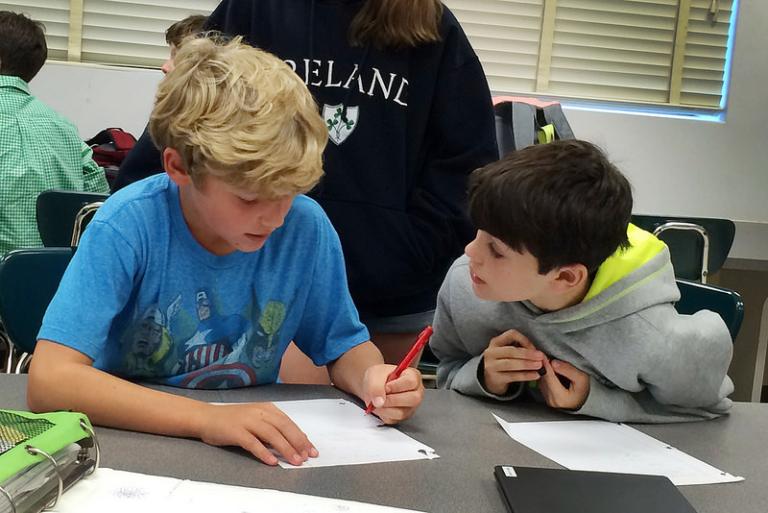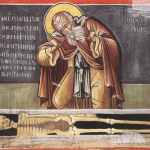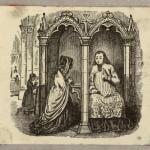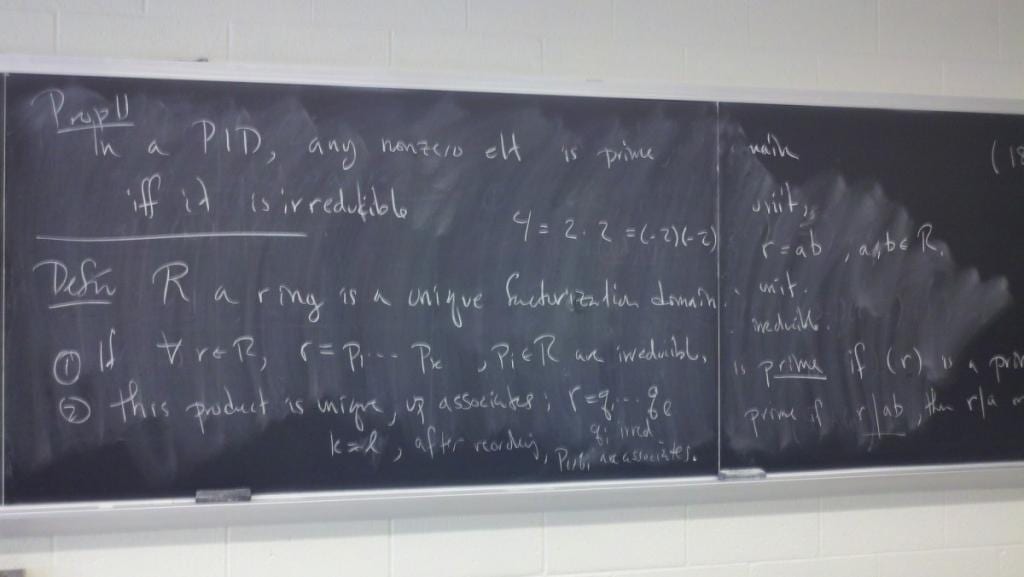
An article I previewed yesterday . . .
You’ve likely seen this reported elsewhere by now, a Seattle Public Schools “Math Ethnic Studies Framework” that first made the rounds on twitter, as part of a curriculum of “ethnic studies.” Subsequent to the document itself being shared, pundits jumped in to criticize it, such as radio talk show host Dori Monson, in an op ed:
This is what happens when you allow radicals to take control of the schools. You start seeing problems where they cannot exist — like in the objective world of mathematics.
We’re now reducing math to a divisive sociological issue — and that’s the kind of reduction and division we don’t want to be teaching.
After which the local Seattle Times wrote in defense:
Seattle schools are in the process of developing ethnic-studies frameworks for different subjects, including social studies and art. . . .
In math, lessons are more theoretical. Seattle’s recently released proposal includes questions like, “Where does Power and Oppression show up in our math experiences?” and “How is math manipulated to allow inequality and oppression to persist?” . . .
A 2016 Stanford University report looked at ethnic-studies classes in San Francisco high schools and found that attendance increased by 21% and GPA increased by 1.4 grade points. There were significant effects on GPA specific to math and science, the study said, and boys and Hispanic students improved the most.
“When students can see themselves in curriculum and see diversity in curriculum, they respond better,” Au said. “And, it can help white students understand themselves better. Structural racism in the country has mistaught white people about themselves — that they don’t have culture, that they don’t have roots.”
This mindset extends to mathematics and science, Castro-Gill said.
“There are studies that talk about specifically black and brown students not being seen as scientists or mathematicians … It affects their efficacy, their ability to engage in that kind of learning,” she said. “That’s why identity is so core to math and science.”
It’s not that the formulas and equations taught in current math classes are racist, Castro-Gill said — it’s about how they’re used in daily life.
“Nowhere in this document says that math is inherently racist,” she said. “It’s how math is used as a tool for oppression.”
One example teachers might mention in an ethnic studies math class, she said, is how black voters in the South were given literacy and numeracy tests before they could cast their ballot. Another might be a lesson on ratios that discusses gaps in incarceration rates and how the weight of a type of drug determines the length of a sentence.
“The numbers are objective,” she said, “but how we use it is not objective.”
Classes might also talk about how different cultures have practiced math, such as how Aztecs used a base-20 number system, as opposed to the base-10 system Americans use.
So does this all simply mean that “math ethnic studies” is unobjectionable?
The actual document belies this explanation, that it’s all as harmless as story problems with a “social justice” lens, or the use of math and statistics in an “ethnic studies” elective.
Instead, it’s a framework for viewing math as a part of culture, or, rather, cultures, with the same cultural-reclaiming and power-seeking agenda as for literature and history. What’s more, it uses bad history, and the framework appears to simply fail to understand that mathematics is a set of skills that students need to learn in order to succeed as adults, both in employment and simply to manage their financial affairs, and that we as a country need the next generation to possess, in aggregate, the mathematical skills needed for our economy and our society to function and move forward, from nurses calculating correct dosages for medications to aerospace engineers building the next Mars lander and everything in-between.
There are four themes:
- Origins, Identity, and Agency,
- Power and Oppression,
- History of Resistance and Liberation, and
- Reflection and Action.
The first of these says:
Origins, Identity and Agency, as defined by ethnic studies, is the ways in which we view ourselves as mathematicians and members of broader mathematical communities. Mathematical theory and application is rooted in the ancient histories of people and empires of color. All human endeavors include mathematical thinking; from humanities to the arts to the sciences.
No, no, no.
“Color” as understood by 21st century “ethnic theorists” has nothing to do with the history of mathematical theory and application. Take a look at the Wikipedia articles on the history of arithmetic and algebra. One presumes the author of these words had in mind something like “the Romans were so stupid that they couldn’t even do proper arithmetic with their Roman numerals, but the Arabs invented Arabic numbers and algebra.” In fact, the Romans used an abacus for their calculations. The Greeks had a positional notation system, including a zero. It is indeed the case that the Indian system was readily adopted by Europeans beginning in the 13th century as superior to existing systems, and that Muḥammad ibn Mūsā al-Khwārizmī, a Persian scholar working in Baghdad in the 9th century, authored the textbook that systematized algebra and became the foundational text, when translated into Latin, for European universities until the 16th century. It is also true that, in the manner in which empires and civilizations rise and fall, during the Islamic Golden Age, Western Europe was, first, beset by invaders from north, east, and south, including Arab raiders and slave-traders, and subsequently, had its own high-medieval flourishing marked by the growth of cities, trade, cathedrals, and universities. And the peak of Baghdad’s flourishing ended with wars beginning in the 10th century, and the Islamic Golden Age itself ended after an invasion by an Empire of Color, namely the Mongols, in which, during the 1258 Siege of Baghdad,
The Mongols looted and then destroyed mosques, palaces, libraries, and hospitals. Priceless books from Baghdad’s thirty-six public libraries were torn apart, the looters using their leather covers as sandals. Grand buildings that had been the work of generations were burned to the ground. The House of Wisdom (the Grand Library of Baghdad), containing countless precious historical documents and books on subjects ranging from medicine to astronomy, was destroyed. Survivors said that the waters of the Tigris ran black with ink from the enormous quantities of books flung into the river and red from the blood of the scientists and philosophers killed.
Should this be included in the math curriculum? What about the fact that, after this decline, new advancements in math originated from Europe, in the form of, for example, Newton and Leibniz’s independent invention of calculus?
The second theme is “power and oppression.”
Power and oppression, as defined by ethnic studies, are the ways in which individuals and groups define mathematical knowledge so as to see “Western” mathematics as the only legitimate expression of mathematical identity and intelligence. This definition of legitimacy is then used to disenfranchise people and communities of color. This erases the historical contributions of people and communities of color.
No, no, and no some more.
SWBAT (Students will be able to) analyze the ways in which ancient mathematical knowledge has been appropriated by Western culture.
No. That’s not how knowledge works. In the world outside this sort of delusional “grievance studies,” knowledge is shared. Prior to Western Europeans translating Arabic treatises, the Arabs, while their countrymen were raiding Europe, were themselves eagerly translating Greek mathematical treatises.
SWBAT identify how the development of mathematics has been erased from learning in school.
Look, it’s cute to want to have lessons on the history of mathematics, but last I checked, a better grounding in various foundational skills takes priority.
And the remainder of the “learning targets” under power and oppression are that students should learn that math, science, and technology, as well as standardized testing, have been used to “oppress and marginalize people and communities of color” — which I suppose might mean that, without the ability to navigate in ocean-going vessels, slave-traders would never have been able to bring their cargo to the Americas.
The third theme, history of resistance and liberation, says,
The history of resistance and liberation, as defined by ethnic studies, is the stories, places, and people who helped liberate people and communities of color using math, engineering, and technology. Access to mathematical knowledge itself is an act of liberation.
Which sounds harmless, enough. Learn mathematical skills, leave poverty. Nations which increase their level of education, reduce their poverty rates. But that’s not what they mean. They don’t even mean that statistical analysis can be used in efforts to combat poverty, for example, by directing government money to the neediest places, or determining what anti-poverty measures work best, or even that statistical analysis can help win lawsuits against discrimination. They mean, again, that knowing that non-Europeans invented math will make students feel empowered:
SWBAT know and appreciate the contributions of their individual communities toward the development of institutions in the advancement of mathematics.
and
SWBAT identify economic movements that have led to liberation
which, I’m sorry, makes no sense (the statement has a parenthetical mention of Kirabo Jackson, who, it turns out, is a professor at Northwestern who specializes in studying teacher effectiveness).
There’s also a leading question:
How can we change mathematics from individualistic to collectivist thinking?
which I again can’t make any sense out of except insofar as a lesson uses story problems to illustrate the superiority of the economic system of Venezuela under Chavez (that is, because even most far-leftists recognize things are Very Bad in Venezuela at the moment but tend to blame that on Maduro).
And the fourth theme is “reflection and action”:
Student action, as defined by ethnic studies, is fostering a sense of advocacy, empowerment, and action in the students that creates internal motivation to engage in and contribute to their identities as mathematicians. Students will be confident in their ability to construct & decode mathematical knowledge, truth, and beauty so they can contribute to their experiences and the experiences of people in their community.
Which doesn’t make a heck of a lot of sense to me except as the same sort of Call to Action as one would read anywhere else.
Now, to revisit yesterday’s post: I complained that
there are too many people who adopt the conviction that what matters most is having the right, moral intentions, and if you do so, math be damned, it’ll all work out.
And, separately, I had a conversation with someone about the pension mess in Chicago. And I found myself continually repeating, paraphrased, “I’m not an expert in many aspects of Chicago’s finances, I don’t know how much room the city has to raise taxes and don’t want to make any assertions about who should win and who should lose in the balancing of interests, but I know that if Chicago intends to pay the pension benefits it promised, it needs to find the money somewhere, and if someone is trying to sell a different solution, they’re smoking something.”
It is certainly true that statistics can be used in manipulative ways. It is true that technology can be used to oppress, though it also has been used to bring unprecendented prosperity, to heal disease, to end hunger. But this is missing the point that elementary and secondary-aged children need to learn the fundamentals of arithmetic, of algebra, they need to know the basics of statistics, and none of this has anything to do with engagement in social justice fights. And when they do get out there and fight for their causes, they have to understand that math isn’t just a tool that can be manipulated to get the result you want, a way of presenting an argument to persuade others — budgets have to balance, money spent on one cause means less for another, the mere fact that you are convinced of the moral righteousness of a cause you support does not mean that it is feasible, that your idea will work, that there won’t be unintended consequences. And promoting this idea that math is a rhetorical tool to fight for justice is far from a mere remedying of oppression.



